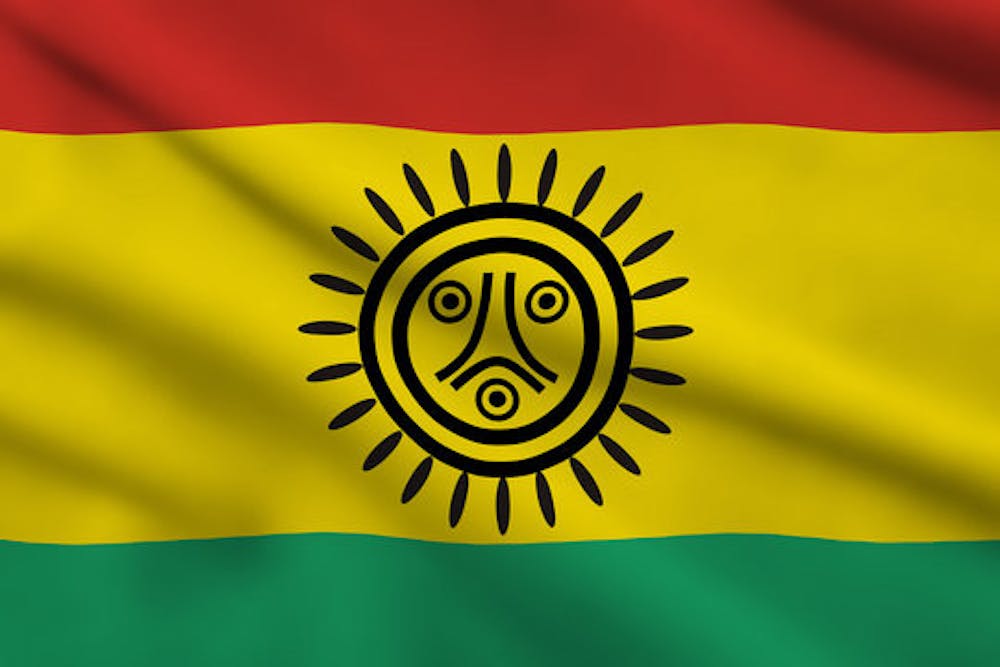The good and noble: Honoring the legacy of Taíno culture
Words like "barbeque," "canoe," "hammock" and "hurricane" are not new to us. What many may not know is the people and place they originated from - and that would be the Taíno people of the Caribbean.
As part of Hispanic Heritage Month, the Sigma Lambda Beta International Fraternity at Central Michigan University hosted "The Resilient Legacy of Taíno Culture," which took place Friday night at the Bovee University Center.
While the fraternity has hosted events like this in years prior, this year the office of Multicultural Academic Student Services reached out and asked them to do an event for Hispanic Heritage Month, according to student and speaker Mitchell Basham.
"We want to light your brain on fire a bit," Basham said to the auditorium of 40 attendees. "We want to inspire people to learn more about indigenous groups on their own when they leave."
The Taíno people, according to Britannica, are Arawakan-speaking people who were once "the most numerous indigenous people of the Caribbean." It is believed most were wiped out by Spanish Conquistadors in the late 15th and early 16th century, but there are various people who still identify as Taíno today, specifically in Puerto Rico. In fact, 61% of all Puerto Ricans have Taíno DNA within them, Basham said.
"There's this myth that Taíno culture is gone, but it's not," he said. This was one of the main reasons the fraternity chose the Taíno people as their topic of discussion. "We want to be the voice where there isn't one."
The event consisted of a PowerPoint presentation, multiple videos from Taíno people, as well as group discussion. The PowerPoint explained the history of these people and many of their customs and cultures, including the meaning of the word Taíno, which is "good" or "noble."
The slides also dissected the elements of their flag, with the red representing the blood they have spilled, the green being mother earth, and the yellow representing one of their religious deities named Baba Guey, or "Father Sun."
The videos added to the visual side, showing music, altar building, outdoor ceremonies, and the traditional method of barbeque cooking the Taíno people participate in.
"(The visuals) make the culture look as important as it is," Basham said. "It's the customs and cultures you grew up with that make you who you are."
Students participated in group discussion and added their comments after each video ended. Many echoed the sentiment of preserving and restoring indigenous culture, as well as connecting with your own heritage and culture.
"You can't know where you're going if you don't know where you came from," Basham said.
Basham closed the event by encouraging students to continue learning and asking questions about indigenous culture, especially after leaving the auditorium.
"It doesn't have to be that deep," he said. "But that effect goes out and goes forward. It's good to chit chat more with people and where they come from."







